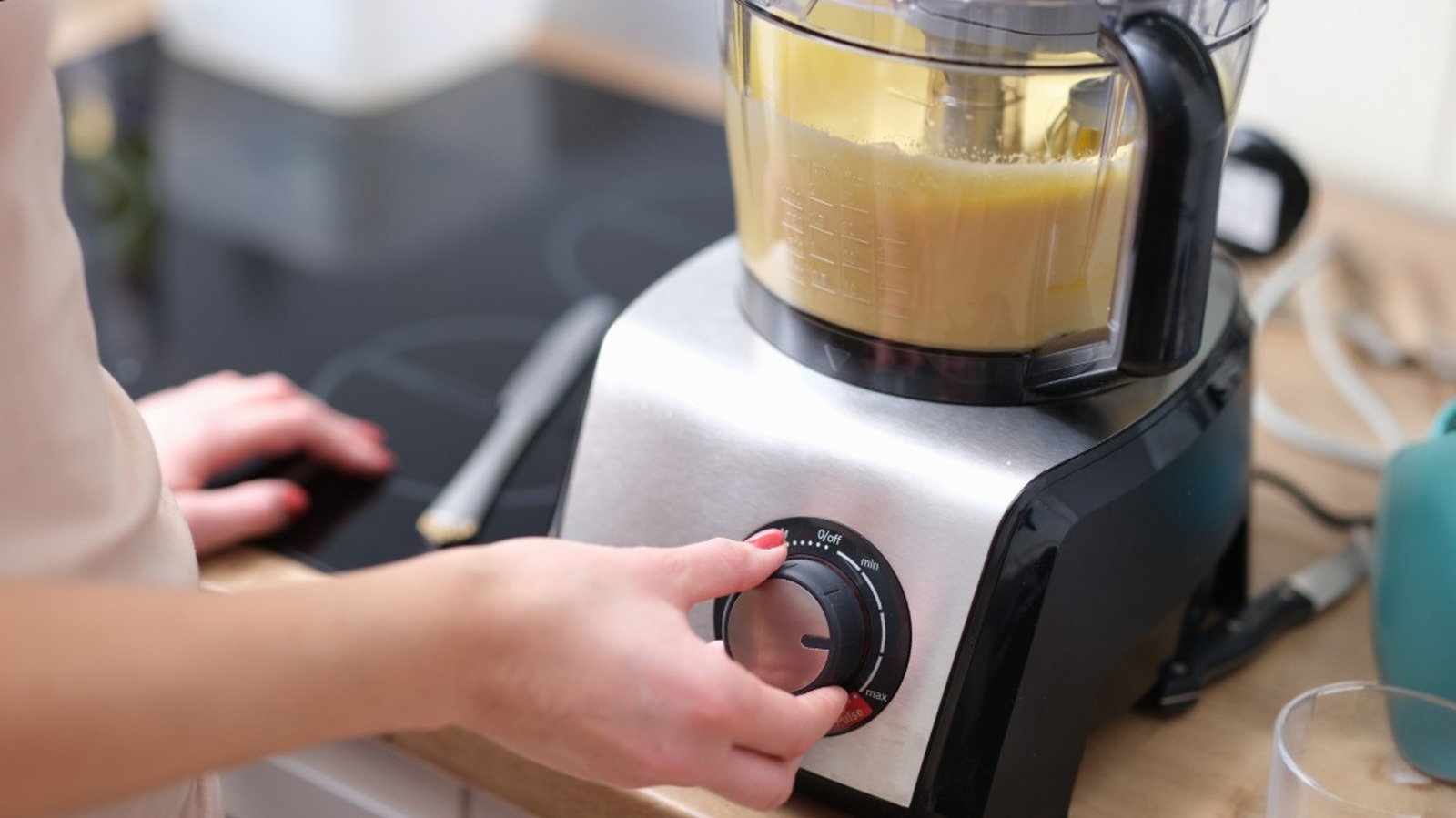#baking-techniques
#baking-techniques
[ follow ]
#cooking-tips #baking-tips #desserts #baking #pastries #pumpkin-pie #pie-crust #cake-baking #cookie-recipes
fromTasting Table
2 weeks agoThe Step That Ensures All Levain Bakery Cookies Are The Same Exact Size - Tasting Table
Everything at all Levain Bakery locations is made fresh every single day, keeping the bakers very busy. In addition to all the other breads, loaf cakes, and pastries that Levain offers, the brand's signature cookies are baked fresh in multiple flavors. We already know scales are essential for baking, but Levain bakers take this to another level. To ensure a perfect product, they portion and weigh every cookie by hand to a perfect six ounces.
Food & drink
fromTasting Table
4 weeks agoButter Vs Oil: Which Is The Better Choice For Cornbread Mix? - Tasting Table
Since cornbread mix involves a relatively simple ingredient list, including cornmeal, flour, sugar, leavening, and salt, butter is essential for adding flavor depth. Neutral-tasting cooking oils could allow the sweetness of the corn and sugar in the bread to come through. However, for me, this translates to one-dimensional, bland taste. Butter uplifts the corn's flavor and gives way to the bread's signature savory-sweetness.
Cooking
fromTasting Table
3 months agoIs It Better To Bake Lobster Tails Directly In The Shell? - Tasting Table
While you should definitely grill lobster in the shell, Foltz sees pros and cons to baking lobster tails in the shell and out of the shell. Just as shells are the outermost protective layer for live lobsters, they are equally protective when cooking them. "Baking inside the shell helps retain moisture, giving you a juicy result," Foltz says, "but it can take a little longer." Taking the meat out of the shell means lobster tails are more susceptible to drying out in the oven but "the meat cooks faster, allowing for a nice golden crust and more direct flavor from the seasoning."
Cooking
fromwww.theguardian.com
5 months agoTen baking tips (and life lessons) from Australia's best bakers
Don't go in cold. You've all been there. You've turned up ready to bake, only to glare at the instruction for room temperature eggs and butter. Yours are fridge cold. Maybe you microwave the butter to a half-solid, half-liquid result and you take a gamble on the cold eggs. Your mixture comes together, but the scrambled egg effect is real. That's because a cake batter is an emulsion of ingredients... When something is a little bit too cold or a little bit too warm, it's never going to combine perfectly, or it will split or it will break.
Cooking
[ Load more ]












